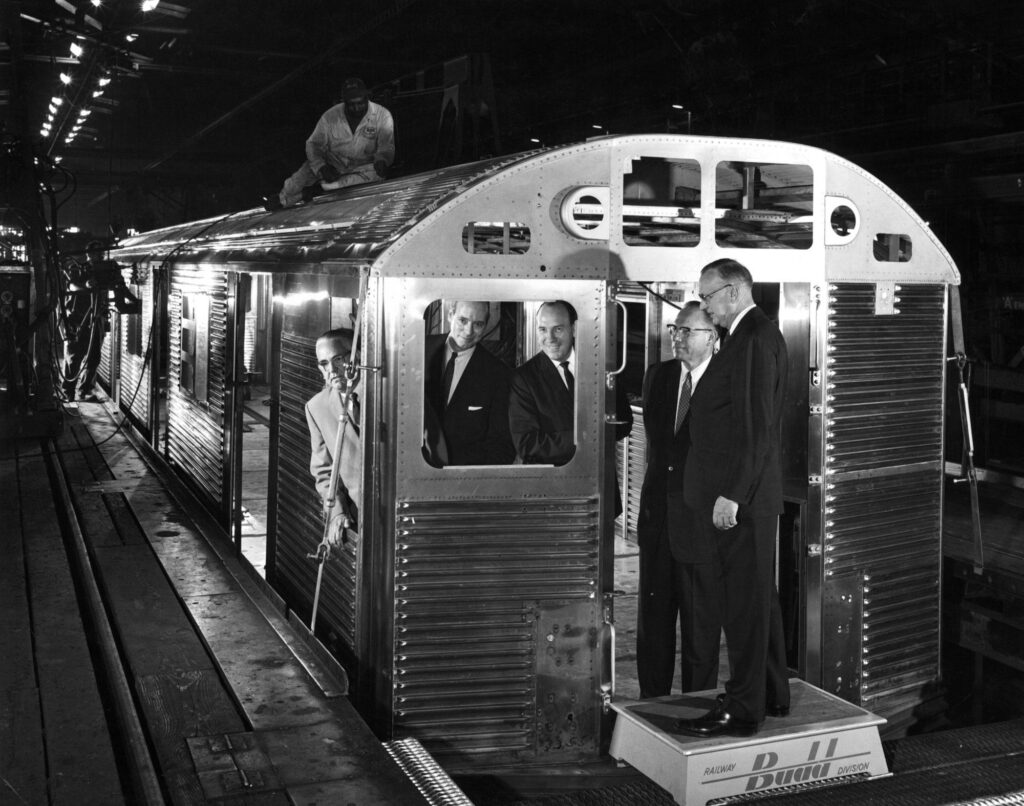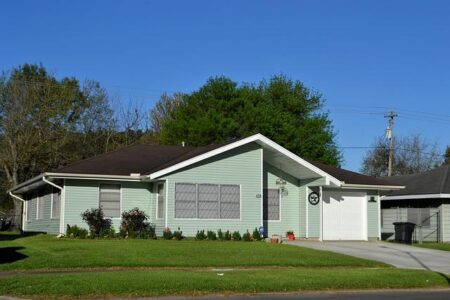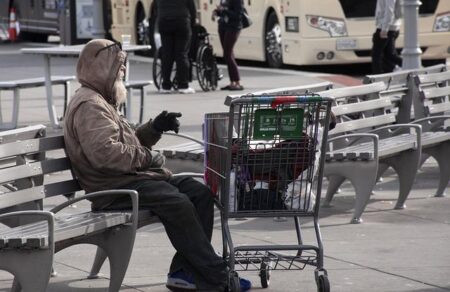Transforming Urban Transit: A Deep Dive into the Evolution and Future of Subway Cars
From Classic to Contemporary: Tracing the Design Journey of Subway Cars
Subway cars have long been emblematic of city life, evolving alongside urban growth and technological breakthroughs. Early subway vehicles, built with sturdy steel frameworks and adorned with wooden benches and brass accents, prioritized resilience and high passenger capacity. Their interiors, illuminated by incandescent bulbs, offered a straightforward yet inviting atmosphere amid the underground bustle.
In stark contrast, today’s subway cars showcase lightweight aluminum and composite materials, designed for energy efficiency and passenger comfort. Modern interiors feature ergonomically designed cushioned seating, adjustable LED lighting, and digital information panels that cater to the needs of a diverse commuter base. Accessibility has become a cornerstone of design, with wider doors, tactile signage, and dedicated spaces for wheelchairs reflecting a commitment to inclusivity.
This evolution highlights shifting priorities—from the utilitarian focus of the past to the sophisticated, user-centric approach of the present. Below is a detailed comparison illustrating these changes:
| Feature | Historic Subway Cars | Contemporary Subway Cars |
|---|---|---|
| Construction Materials | Steel frames with wooden elements | Aluminum alloys and advanced composites |
| Seating | Hard wooden benches | Ergonomic, cushioned seats |
| Lighting | Incandescent bulbs | Energy-saving LED with adjustable brightness |
| Technology | Manual operation and analog controls | Automated systems with digital displays |
| Accessibility | Minimal accommodations | Wheelchair access, tactile indicators, and audio announcements |
Cutting-Edge Technologies Elevating Safety, Comfort, and Efficiency in Modern Subway Systems
Today’s subway networks are at the forefront of integrating advanced technologies that enhance passenger safety and comfort while optimizing operational efficiency. Artificial intelligence-powered surveillance systems continuously monitor passenger flow and detect anomalies, enabling rapid responses to emergencies and crowd management. Climate control systems maintain optimal air quality and temperature, while innovative soundproofing materials significantly reduce noise pollution, creating a more pleasant travel experience.
Energy efficiency is another critical focus. Regenerative braking systems capture kinetic energy during stops, feeding it back into the power grid and reducing overall energy consumption. Real-time digital displays provide passengers with up-to-the-minute route information, minimizing uncertainty and improving journey planning. Key technological advancements include:
- Automated train operations: Enhancing punctuality and reducing human error.
- Contactless fare collection: Accelerating boarding and promoting hygiene.
- Adaptive lighting and seating: Tailoring the environment to passenger needs.
| Technology | Advantage | Passenger Benefit |
|---|---|---|
| AI-Enabled Surveillance | Proactive security monitoring | Improved safety and quicker incident response |
| Regenerative Braking | Energy conservation | Reduced environmental impact |
| Smart Climate Systems | Consistent air quality and temperature | Enhanced passenger comfort |
Addressing the Complexities of Aging Subway Infrastructure: Challenges and Innovations
Maintaining older subway fleets presents a multifaceted challenge, as aging components and outdated technology increase maintenance demands and operational disruptions. Scarcity of replacement parts and the need for specialized expertise complicate upkeep, often leading to higher costs and reduced reliability. However, these obstacles have spurred innovative solutions, such as retrofitting vintage cars with Internet of Things (IoT) sensors that enable predictive maintenance and real-time condition monitoring.
Investing in refurbishment projects not only extends the lifespan of existing assets but also supports sustainability goals by minimizing waste and resource consumption. Transit agencies are increasingly adopting comprehensive asset management systems to streamline maintenance schedules and enhance safety standards. The table below contrasts key factors in managing older versus newer subway cars:
| Factor | Older Subway Cars | Newer Subway Cars |
|---|---|---|
| Maintenance Expenses | High due to frequent repairs and part shortages | Moderate with predictive maintenance reducing failures |
| Technological Integration | Limited digital features | Advanced automation and diagnostics |
| Environmental Considerations | Less energy-efficient, higher emissions | Optimized energy use and emissions control |
| Passenger Experience | Basic amenities, worn interiors | Modern design with enhanced comfort |
- Key Challenge: Allocating limited budgets to urgent repairs without compromising service quality.
- Emerging Opportunity: Utilizing IoT and AI for proactive system health monitoring.
- Ongoing Challenge: Maintaining safety standards amid material degradation.
- Growth Potential: Boosting ridership through improved reliability and comfort.
Strategic Directions for Future Subway Car Innovations and Urban Transit Integration
Experts in urban transportation advocate for subway car designs that emphasize environmental sustainability and operational flexibility. The adoption of lightweight materials and energy-saving propulsion technologies is critical to reducing carbon emissions and lowering operational costs. Modular interior layouts are recommended to adapt to varying passenger volumes and enhance accessibility, addressing the needs of increasingly diverse urban populations.
Seamless integration between subway systems and other modes of transport—such as buses, bicycles, and emerging micro-mobility options—is essential for creating efficient urban mobility networks. Unified ticketing systems and synchronized scheduling can significantly reduce transfer times and improve the overall passenger experience. The following table outlines key integration priorities proposed by transit planners:
| Integration Area | Core Feature | Anticipated Outcome |
|---|---|---|
| Fare Systems | Contactless, multi-modal payment cards | Simplified and faster passenger transactions |
| Scheduling Coordination | Real-time data exchange across networks | Minimized wait times and smoother transfers |
| Infrastructure Design | Integrated transit hubs and stations | Enhanced connectivity and transfer efficiency |
| Accessibility Standards | Universal design principles | Inclusive access for all commuters |
Final Thoughts
The journey from the rugged, utilitarian subway cars of the past to today’s sophisticated, tech-enabled vehicles encapsulates broader shifts in urban living, technology, and societal values. Each generation of subway cars not only serves as a mode of transportation but also as a reflection of the city’s character and priorities. As transit authorities continue to modernize fleets and infrastructure, balancing respect for historical legacy with forward-looking innovation will be key to shaping the future of underground travel. Stay connected for ongoing insights into how these vital urban lifelines evolve to meet the demands of millions worldwide.













